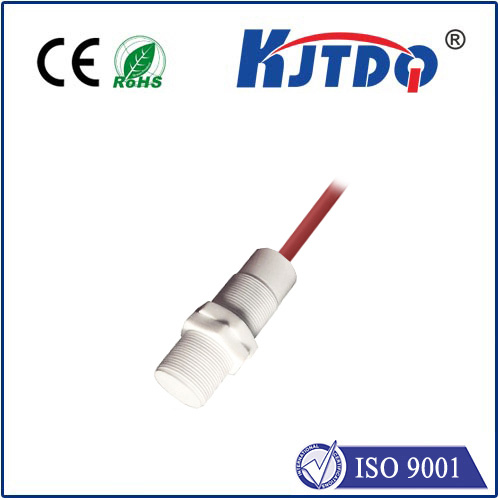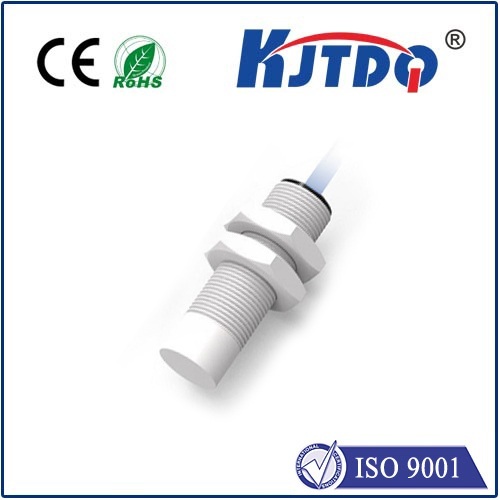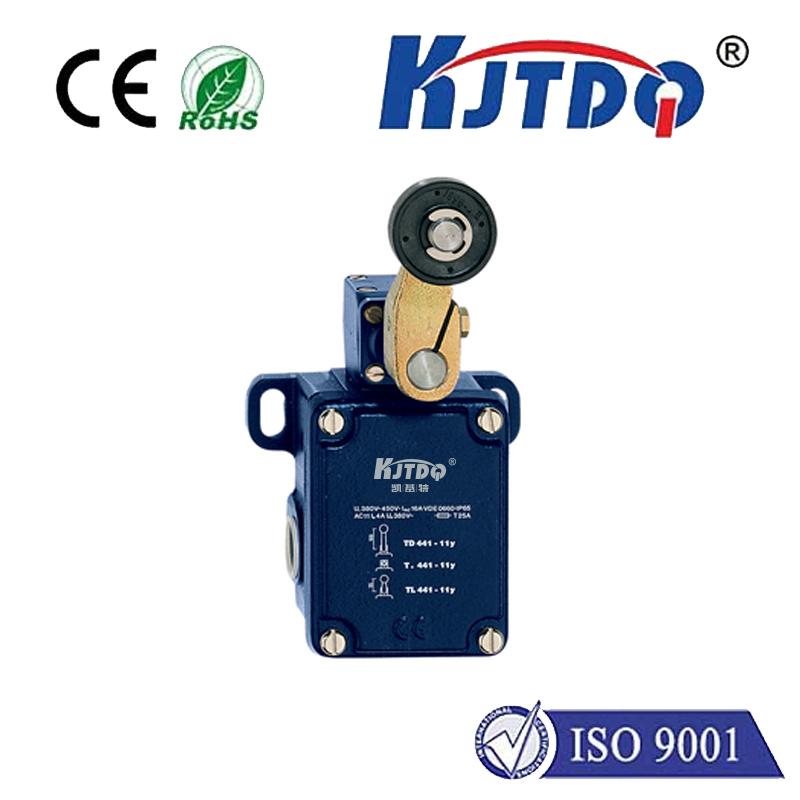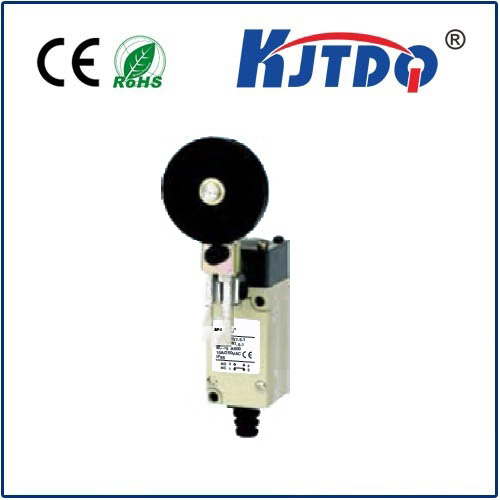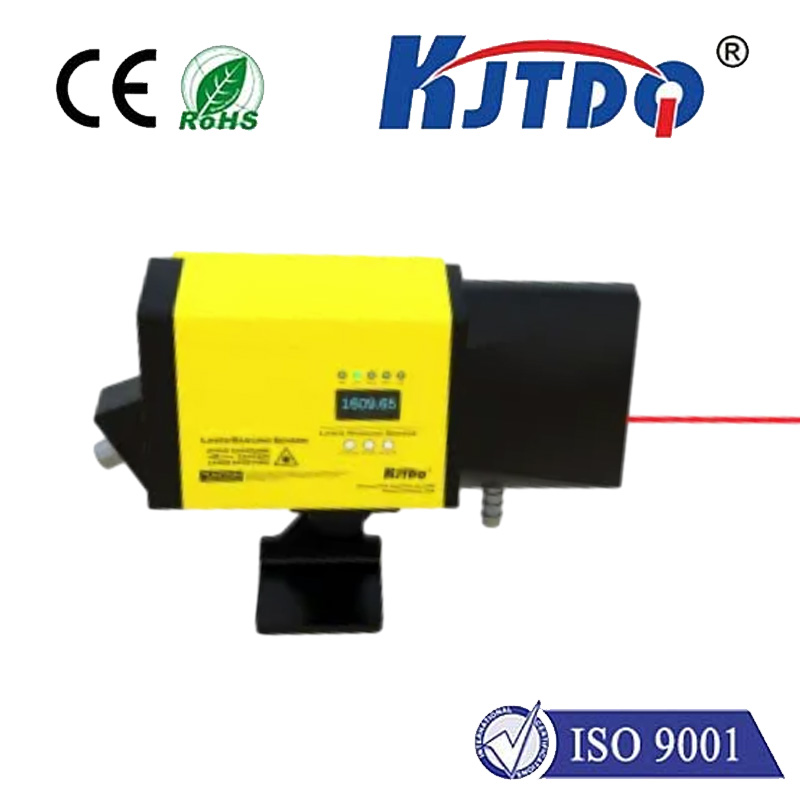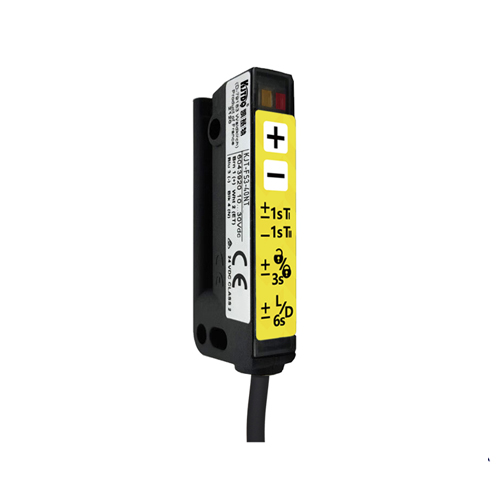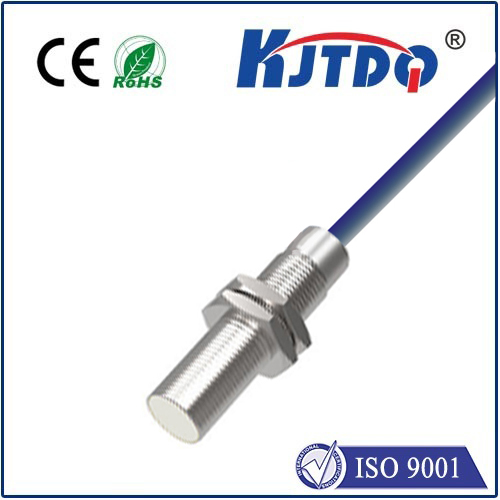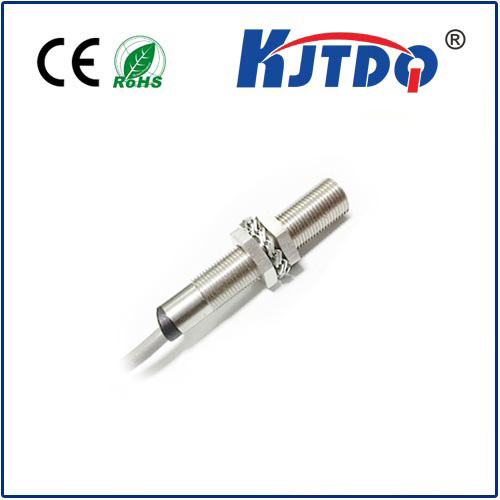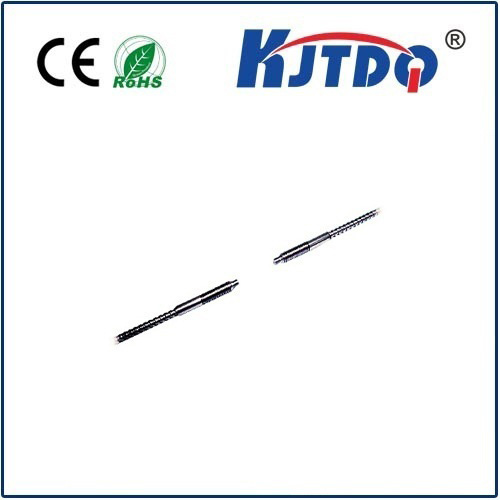

check

check

check

check
Title: Inductive Proximity Sensors: Revolutionizing IoT and Smart Devices
Introduction
In the era of Internet of Things (IoT) and smart devices, the integration of advanced sensor technologies is essential to provide seamless connectivity and automation. The inductive proximity sensor, also known as an infrared or ultrasonic sensor, has emerged as a game-changer in this regard, offering accurate and reliable detection of objects and distances. This article explores the concept, applications, advantages, and limitations of inductive proximity sensors, emphasizing their potential to transform various industries.
Definition and Working Principle of Inductive Proximity Sensors
An inductive proximity sensor consists of a coil and a trigger mechanism that produces an interrupt signal when it detects the presence or absence of an object passing through the coil. The sensor works based on the principle of electromagnetic induction, where the current in the coil changes in response to the magnetic field generated by the object. By measuring the variation in current, the sensor can determine the distance between the coil and the object. There are two types of inductive proximity sensors: passive and active. Passive sensors do not have any internal power source but rely on external power from the device they are connected to. Active sensors have their own battery and operate independently of the host device.
Applications of Inductive Proximity Sensors
1. Home Automation: Inductive proximity sensors are extensively used in home automation systems to control lighting, heating, ventilation, and air conditioning (HVAC), security systems, and smart appliances. By detecting human presence, these sensors can turn off lights when no one is home, adjust temperature settings based on occupancy patterns, and alert homeowners to potential intruders.
2. Industrial Automation: Inductive proximity sensors play a crucial role in industrial manufacturing processes, where precise monitoring of equipment operation, machine performance, and quality control is essential. These sensors can be used to monitor inventory levels, detect defective products, prevent machinery failures, and optimize production schedules.
3. Medical Applications: Inductive proximity sensors have found numerous applications in healthcare facilities, from patient monitoring to medical devices management. For instance, these sensors can track vital signs of patients, measure blood glucose levels in diabetes management, and detect abnormal heart rhythms in cardiac care.
4. Transportation: Inductive proximity sensors are increasingly being integrated into transportation systems to improve safety, efficiency, and environmental sustainability. These sensors can be used in autonomous vehicles to detect pedestrians, cyclists, and other objects ahead, enabling them to react promptly and avoid accidents. They can also be employed in supply chain management to monitor vehicle location, route optimization, and inventory tracking.
Advantages of Inductive Proximity Sensors
1. Easy Integration: Since inductive proximity sensors require minimal wiring and can be connected directly to microcontrollers or cloud platforms, they offer a convenient solution for IoT applications with limited space or resources.
2. Accurate Detection: Thanks to their non-contact nature and advanced algorithms for noise filtering and signal amplification, inductive proximity sensors provide highly accurate readings within a range of several centimeters.
3. High Sensitivity: Inductive proximity sensors can detect even tiny movements or vibrations, making them suitable for detecting objects at close ranges or in complex environments with multiple obstacles.
4. Long Lifespan: Compared to other types of sensors, inductive proximity sensors have a longer lifespan due to their less sensitive nature and lower power consumption requirements.
Limitations of Inductive Proximity Sensors
1. Limited Range: Despite their high accuracy, inductive proximity sensors have a limited range that may not be sufficient for some applications that require larger coverage areas or longer distances.
2. Noise Interference: Like any electronic device, inductive proximity sensors can be affected by external noise sources such as electromagnetic interference (EMI), radio frequency interference (RFI), or physical obstructions. This can lead to inaccurate readings or false triggers.
3. Power Consumption: Active inductive proximity sensors consume more power than passive counterparts, which may not be ideal for battery-powered devices or energy-efficient systems.
Conclusion
In conclusion, inductive proximity sensors represent a powerful technology with vast potential for transforming various industries by enabling faster, more accurate
